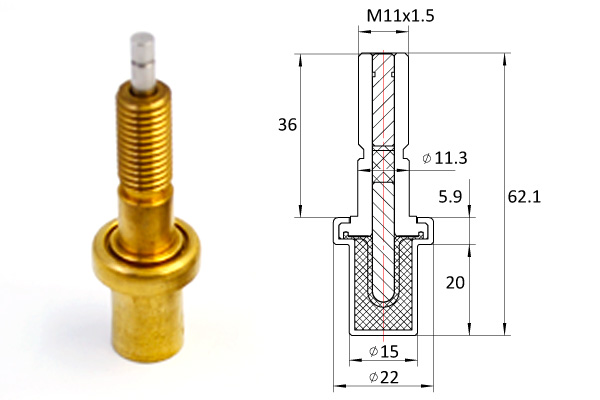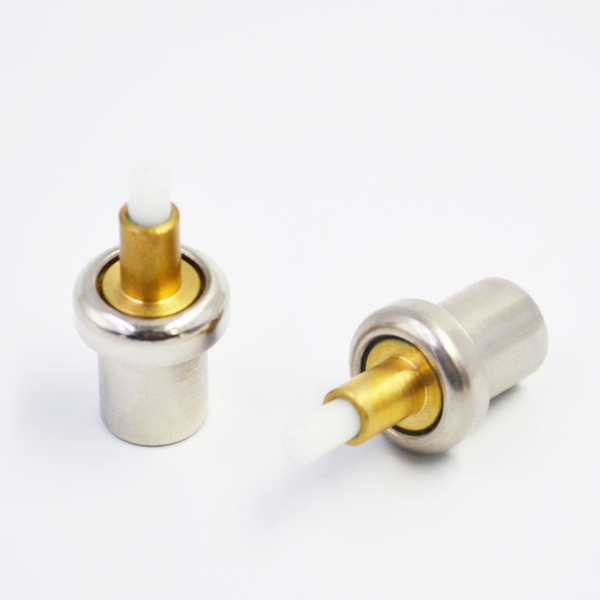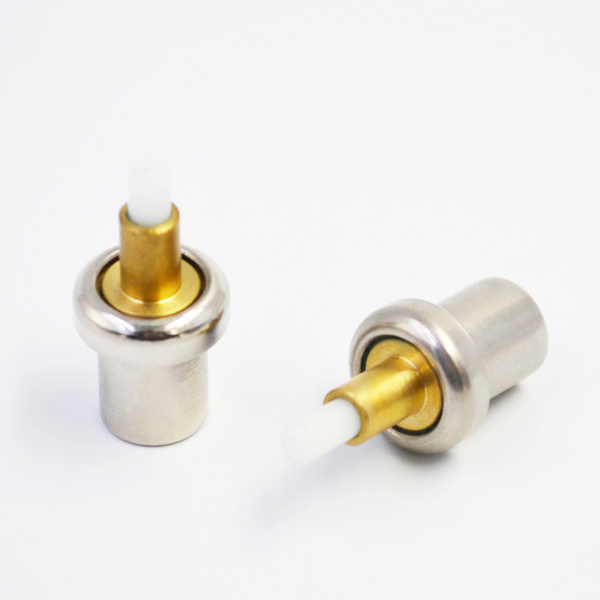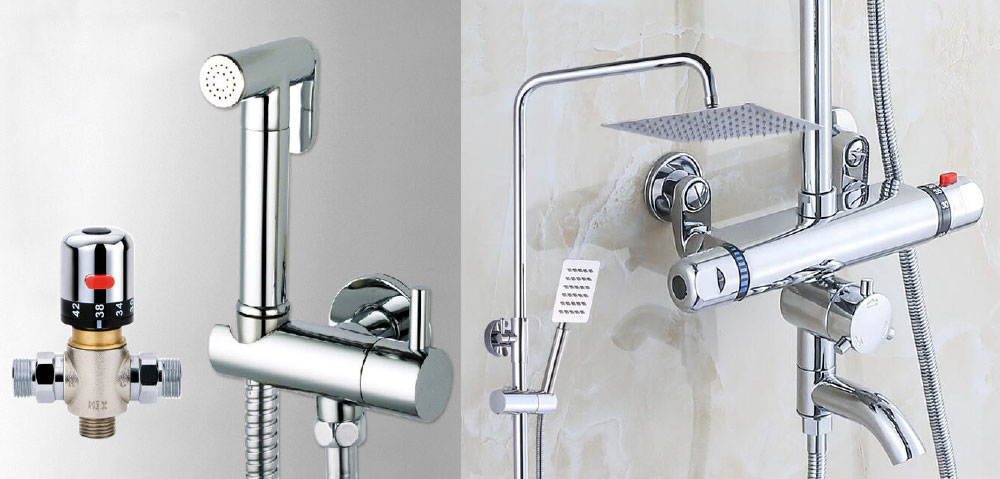A new nonlinear autoregressive moving average controller (NARMA? L2) based on artificial neural network (ANN) is proposed for power system stability analysis. The application of the controller in the excitation system of synchronous generators can produce corresponding auxiliary control signals, which can improve the dynamic performance of power system and damp low-frequency oscillation. The NARMA? L2 controller is applied to the analysis of single machine infinite bus power system (SMIB). Compared with the genetic algorithm analysis in traditional power system stabilizer (CPSS), the control effect is better.
Disturbance and high gain always affect the stability of dynamic power system. Low-frequency oscillation occurs under various operating conditions and configurations, which limits the power transmission capacity and system decomposition.
Power System Stabilizer (PSS) can be used to suppress the low frequency oscillation caused by the auxiliary control signal of excitation system, which is helpful to improve the stability of power system [2]. The design of traditional power system stabilizer is based on the linear model of power system, and is widely used in phase compensation technology and the calculation of parameters of traditional power system stabilizer [3]. PSS is used to improve the dynamic stability of small signal oscillation and long transmission line in power system, and to generate high gain and Quick-effect excitation system unit [4?5]. In this paper, the dynamic model of main magnetic field winding and damper winding of generator is analyzed by strengthening analysis of single machine infinite bus power system. PSS controller based on nonlinear autoregressive translation neural network has been developed in the field of nonlinear dynamics. The genetic algorithm based on CPSS and NARMA? L2 PSS has been applied to power system and non-linear power system under different operating conditions, and used to test various interference signals and system faults [6]. In this paper, a new non-linear autoregressive moving average controller is proposed, which is mainly used to improve low frequency oscillation and dynamic stability of long transmission line power system, and can achieve better control effect. SMIB model is mainly composed of synchronous generator excitation system and power system stabilizer.

It is used to evaluate the performance of power system stabilizer and connect to infinite bus system through transmission line. The excitation system of synchronous generator is expressed by non-linear equation [7], which can be decomposed into equation (1)~equation (9).
Among them, there are generator terminal voltage and infinite bus voltage, transmission line reactance and transformer reactance, respectively. Artificial neural network (ANN) controller can be used to improve the performance of nonlinear control systems.
It is different from the traditional controller and does not need precise mathematical model, but it can get better measurement results in time response parameters such as stability time, delay time, peak value and robustness. After debugging ANN controller with different methods, a set of suitable weights can be determined finally. The implementation of the NARMA? L2 controller is usually divided into two stages: the first stage is the identification stage, which controls the development of the neural network model by generating input and output data; the second stage is the design of the controller and the development of the neural network model by using the neural network controller.

The recognition model of the neural network realizes the transformation from the non-linear system to the linear system by using the non-linear multiplication. Fig.
1 is a phase diagram of system identification, thermostatic element which consists of two output models: model delay output value and controller delay output value. Formula: is the system input; is the system output; is the system delay.
In recognition stage, in order to approximate the non-linear function, the back propagation training of the neural network is needed. Back propagation training algorithm can be used to determine that the speed of back propagation training to minimize the mean square error function is relatively slow, and the model is required to have certain computational power [6,11]. Formula. The controller structure is shown in Figure 2. The stability of power system is improved by NARMA? L2 PSS. The recognition of the basic model of neural network is developed by using the non-linear autoregressive moving average model. The speed deviation in the system is that the output of the neural network controller is the output of the identification code of the neural network and the output of the recognition code of the whole neural network is the training process as shown in Fig.

3. The random input signal is loaded into the model to generate input and output data.

The simulated random signal values from CPSS are distributed between -0.04 and 0.04. There are two kinds of output delays in the neural network model, namely, the controller output delay and the model output delay. In the formula, the output of the NN identification code of the neural network is obtained. Neural network identification code is a multi-layer feedforward network.
Neurons in the hidden layer and the output layer, as well as linear transfer functions in the first layer, the hidden layer and the output layer have been developed in the feedforward network. Figure 4 shows the input data of the actual model, the output of the model and the output of the NN model, and the error between the two models.

The core idea of designing the neural network controller is to make the system possess dynamic characteristics by changing the non-linear state of the system. NARMA? L2 PSS is designed to improve the dynamic stability of power system.
In this paper, NARMA? L2 PSS is used to analyze the non-linearity of power system. Compared with traditional genetic algorithm, it can get better results.
By changing the time response parameters of the system, the power angle and rotor speed can be greatly reduced, the low frequency oscillation can be significantly improved, and the stability of the power system can be rapidly improved.
